Social Media Sentiment Analysis

Overview
Sentiment Analysis is a process of extracting emotions or sentiments from a raw text using Natural Language Processing (NLP) and Computational Linguistics. People express their opinions and feelings on various social media platforms such as Twitter, Facebook, Instagram, etc. Social Media Sentiment Analysis can help organizations or marketers to understand how people perceive or feel about their brand, products, services, etc.
What is Social Media Sentiment Analysis
Social media sentiment analysis is a type of Natural Language Processing (NLP) that utilizes Machine Learning, Computational Linguistics, and other data analytics techniques to detect and extract subjective information from social media content or post. This can include the emotions or opinions expressed by people in a raw text and the overall sentiment (positive, negative, or neutral) of that text.
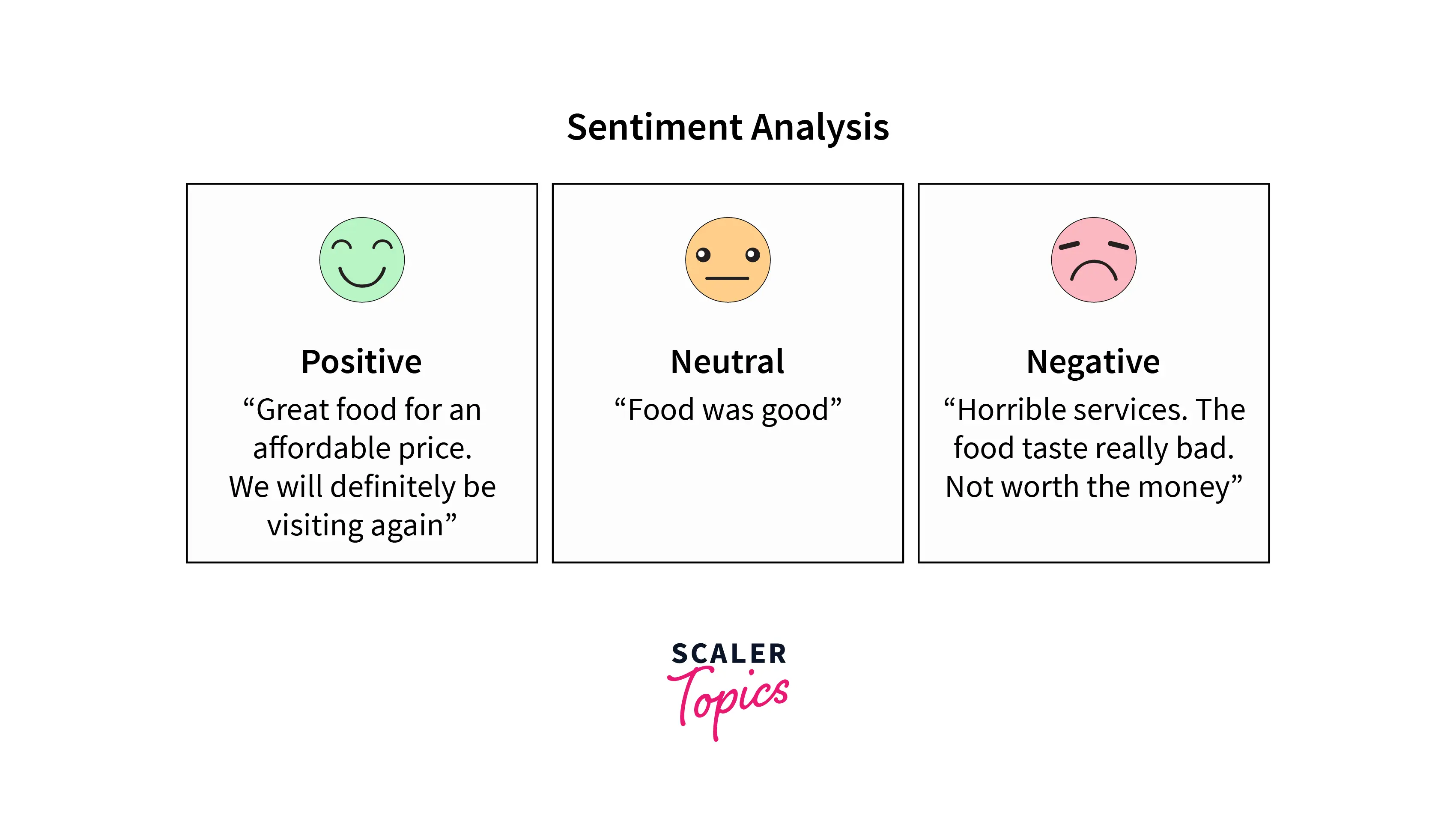
People express their opinions and feelings on social media platforms such as Twitter, Facebook, Instagram, etc. Organizations can collect this data, such as tweets, etc., using available APIs and apply Sentiment Analysis techniques to understand how people feel about their products and offerings. This can help organizations track their brand reputation and improve their marketing strategies to increase sales and revenue.
Why Social Media Sentiment Analysis Matters?
For organizations, Social Media Sentiment Analysis can provide valuable insights into how customers and potential customers perceive their products and services. By tracking the overall sentiment of a brand, product, or service on social media platforms, organizations can identify areas where they are doing well and where they need to improve.
Let’s review some reasons why organizations should monitor the social media sentiment of their brand, products, or services.
- Understand Your Audience - By performing Sentiment Analysis on Social Media content, you can understand the audience in a better way. It can help gauge the overall feelings or satisfaction of the customers for their products and services.
- Gather Actionable Insights - Sentiment Analysis can help organizations to extract actionable insights such as which aspect of the product is not working better, which of their services are doing well, and in which customer segment, etc. These insights can help businesses to tweak their products or improve their marketing campaigns.
- Meet Customers Where They Are - Social Media Sentiment Analysis can help organizations to engage with their customers directly on the social media platform. It has been a common practice to respond to negative sentiments or complaints publicly and solve customers’ problems.
Example for Conducting Social Media Sentiment Analysis
We will explain how you can implement Social Media Sentiment Analysis using Python language. We will use a dataset containing tweets and develop models that can detect the sentiments of the tweets. In this dataset, label 1 denotes that the tweet is racist/sexist, and label 0 denotes that the tweet is not racist/sexist. It contains three features -
- id - Unique identifier of the tweet
- label - Denoting positive (0) or negative (1) sentiment
- tweet - text/tweet collected from the Twitter API
Let’s see how we can build and develop ML models that can help detect the sentiment of the tweets -
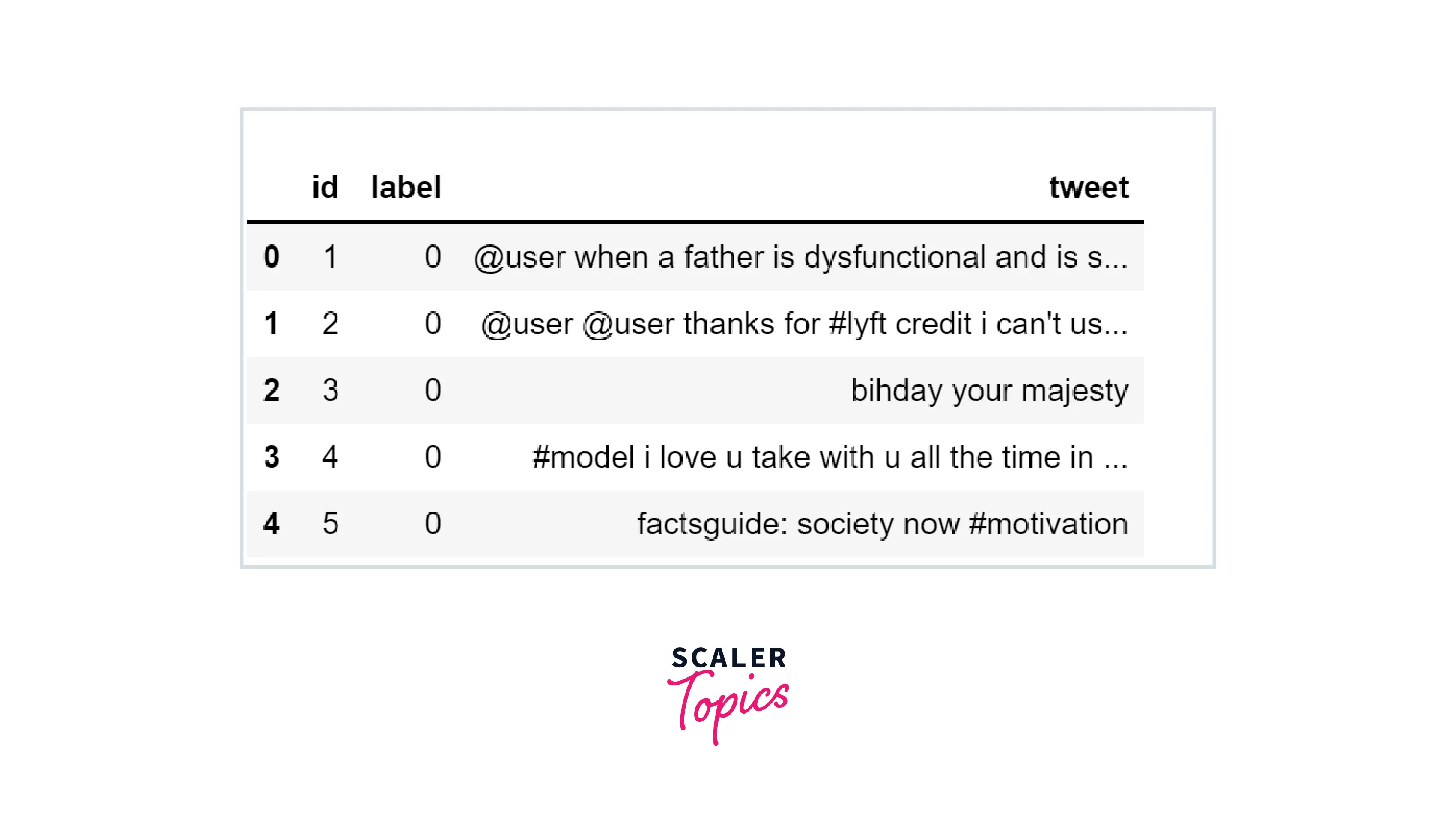
Let’s explore how many records there are and what label distributions look like -
Let’s perform Data Pre-processing on this dataset. We will remove special characters, remove user handles, remove short words, remove stopwords, and apply stemming.
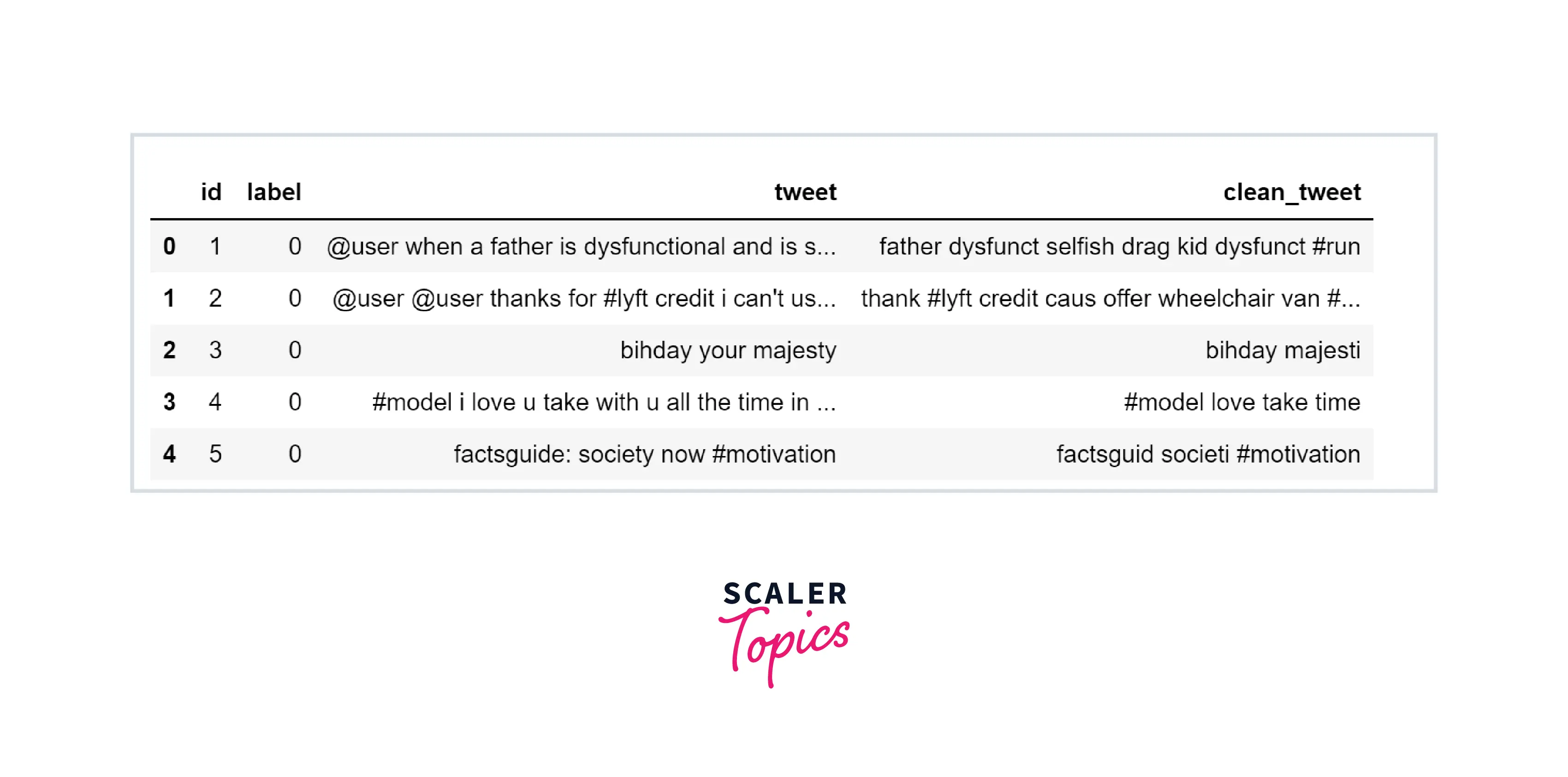
Let’s now perform EDA on this dataset by visualizing it. We will first analyze the word clouds for the positive and negative tweets to understand which are the most frequent words used in both categories.
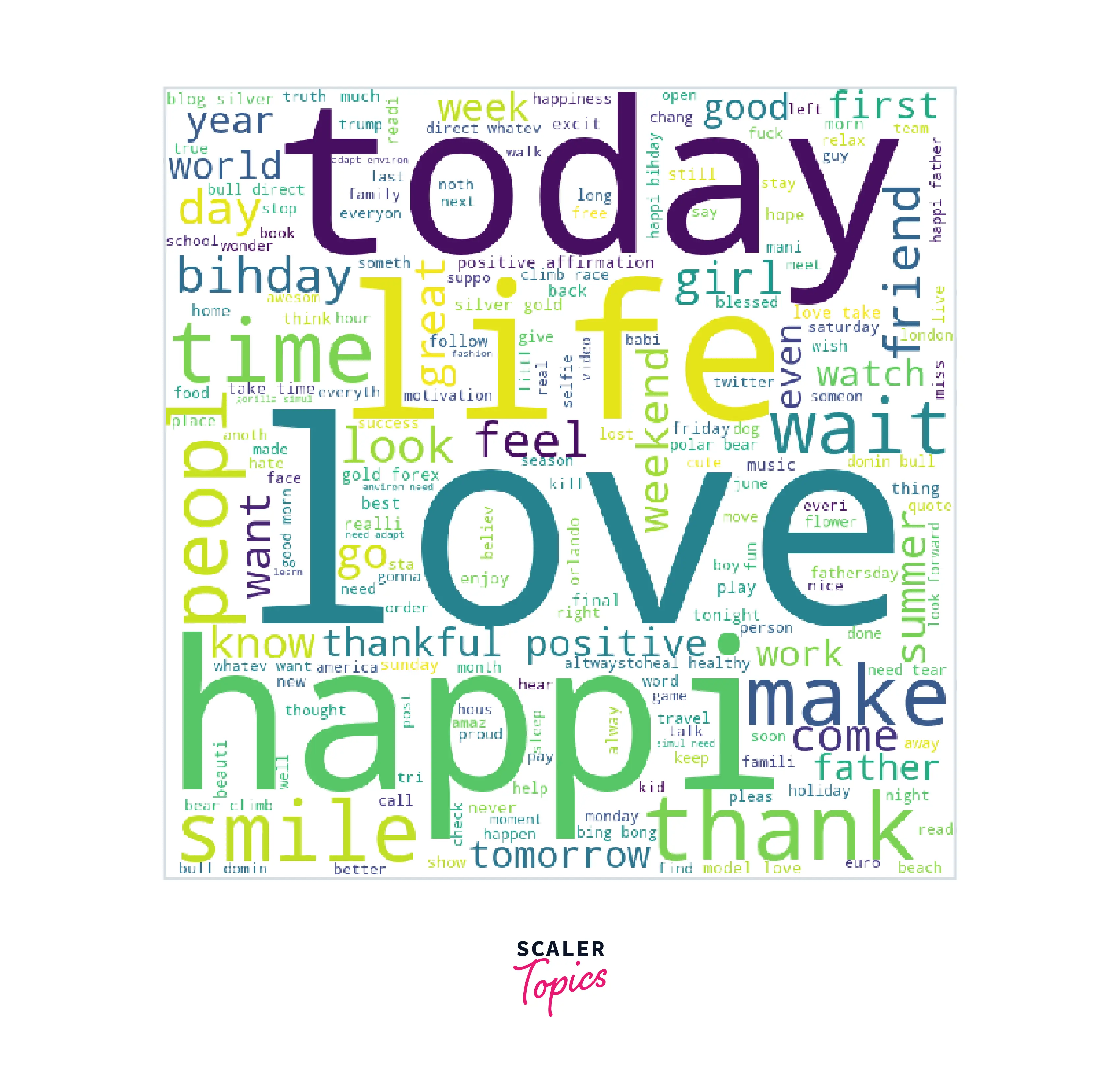
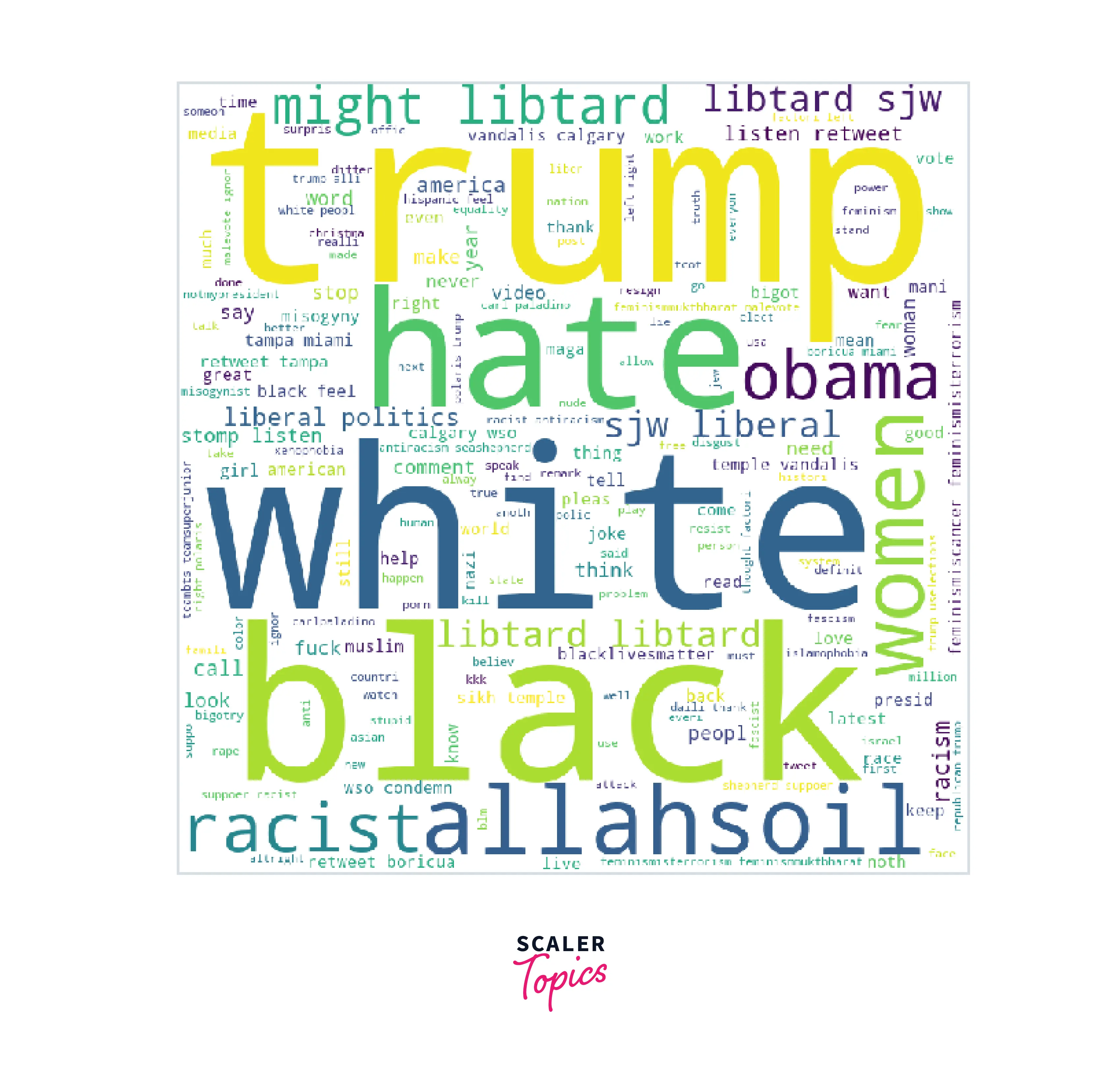
As you can see, both word clouds differ a lot from each other. Word cloud based on positive sentiment shows life, love, happiness, thank, good, etc., as the most frequent words used. On the other hand, Word cloud based on negative sentiment shows trump, hate, white, black, racist, liberal, libtard, etc., as the most frequent words used. Now let’s see what the top hashtags used in both sentiment cases -

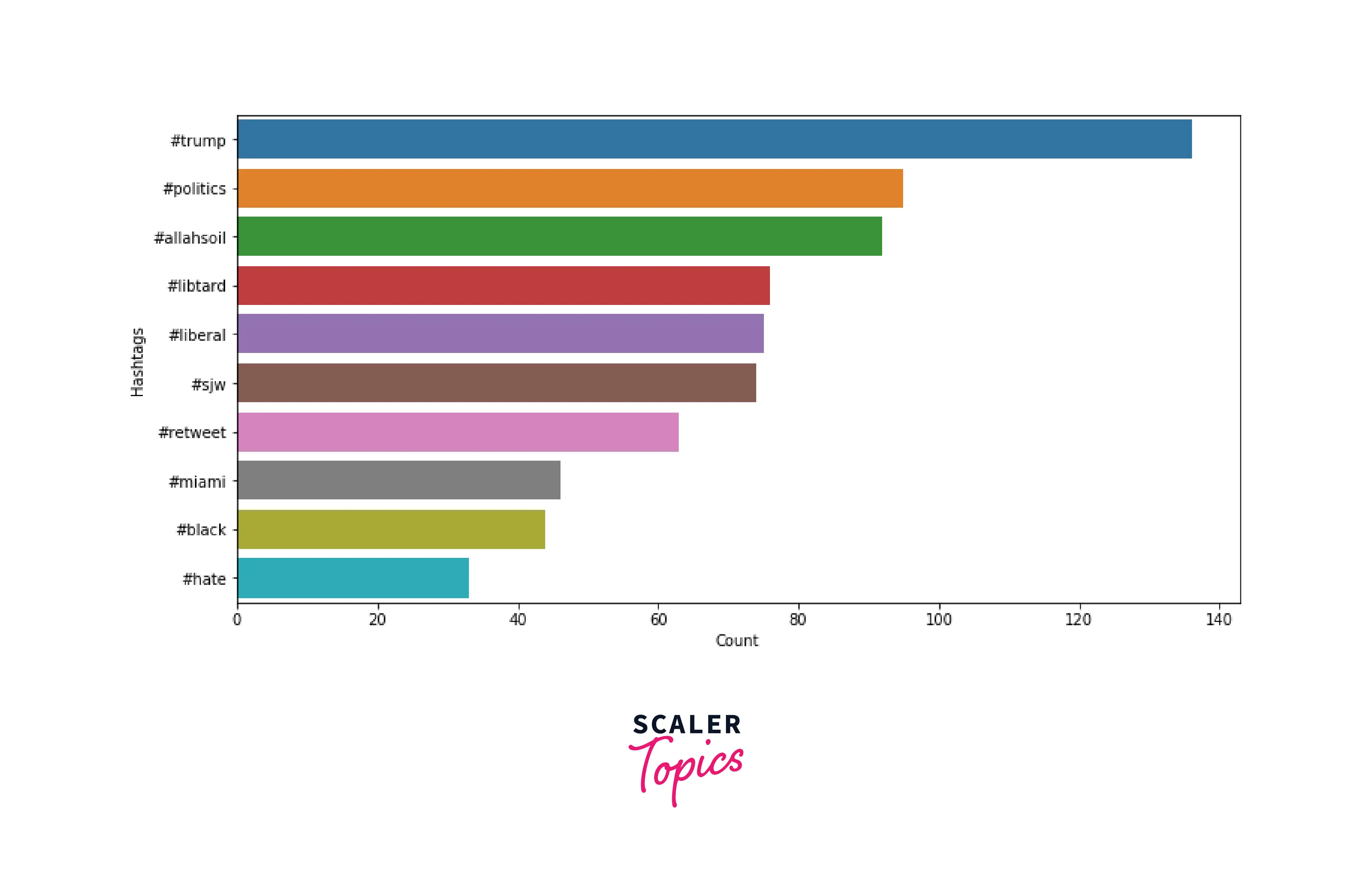
As it is evident that the top 10 hashtags count also differ a lot from each other in both positive and negative sentiment tweets.
Now let’s build Machine Learning based models to detect the sentiment in the tweets. We will follow the below approach -
- We will use both Bag of Words and TF-IDF approach to create the features.
- We will split the training and testing data in an 80:20 ratio.
- We will train Logistic Regression, Decision Tree, and XGBoost models.
- We will use the F1 Score and Precision to compare the model performance.
Let’s build the models based on the Bag of Words (BoW) approach -
Now let’s develop the models based on the TF-IDF approach
As you can see, Logistic Regression works best in both Bag of Words and TF-IDF approaches. Also, the F1 Score is better in Bag of Words, but Precision is better in the TF-IDF approach. Using the above guide, you can also develop your sentiment analysis models for your organizations.
Top Sentiment Analysis Project Ideas
To get hands-on experience and build your sentiment analysis model, you can consider a few of the top project ideas as mentioned below -
Amazon Product Reviews
- Amazon is one of the biggest E-Commerce providers. Customers purchase various products and share their reviews and feedback about their experiences with products on the website. This project is about analyzing product reviews and helping understand which part of their product is working better and which is not.
- You can access the dataset for this project here.
Rotten Tomatoes Movie Reviews
- Rotten Tomato is a movie and show review website/platform where critics and users can post reviews. This project is about analyzing movie reviews and gauging a movie’s popularity among fans and critics.
- Dataset for this project can be downloaded from here.
Analyze IMDb Reviews
- Like Rotten Tomatoes, IMDb is also a website where users can share their opinions and reviews about a movie or a TV show. You can perform sentiment analysis on IMDb reviews to understand what went right or wrong about the show/movie.
- Dataset for this project can be downloaded from here.
Best Social Media Sentiment Analysis Tools
Organizations can implement Social Media Sentiment Analysis using a variety of tools. A few of the best Social Media Sentiment Analysis tools include -
- Hootsuite Insights Powered by Brandwatch - It is a social media monitoring and analysis tool offered by Hootsuite. It can enable companies to monitor and analyze social media activity in real-time across various platforms, such as Twitter, Facebook, Instagram, LinkedIn, etc. They can also track specific keywords and hashtags and can set up alerts to raise notifications.
- Mentionlytics - It is a brand and reputation management tool that helps businesses track and analyze online mentions of their brand, products, and services. With Mentionlytics, users can monitor online conversations and mentions of their brand across various social media platforms, such as Twitter, Facebook, Instagram, LinkedIn, Reddit, blogs, etc.
- Digimind - Digimind is a market intelligence and competitive analysis platform that can help businesses to track, analyze, and report on market trends, competitors, and industry developments. It pulls information from more than 850 million web sources,to generate a comprehensive view of sentiment toward your brand
- Crowd Analyzer - Crowd Analyzer is an Arabic-language social sentiment analysis tool. This is especially important for brands with an Arabic-speaking target audience.
- TalkWalker - TalkWalker gathers information from more than 150 million web sources. The tool further utilizes artificial intelligence to analyze sentiment, tone, and emotions.
Conclusion
- Social Media Sentiment Analysis can be defined as extracting sentiment or opinions out of the content posted on various social media platforms such as Twitter, Facebook, etc. This analysis can help businesses understand in which areas their products are working well and in which areas they are working poorly. This can help them track their brand reputation among customers.
- You can build your own Sentiment Analysis model or utilize various tools to implement in your organization.
